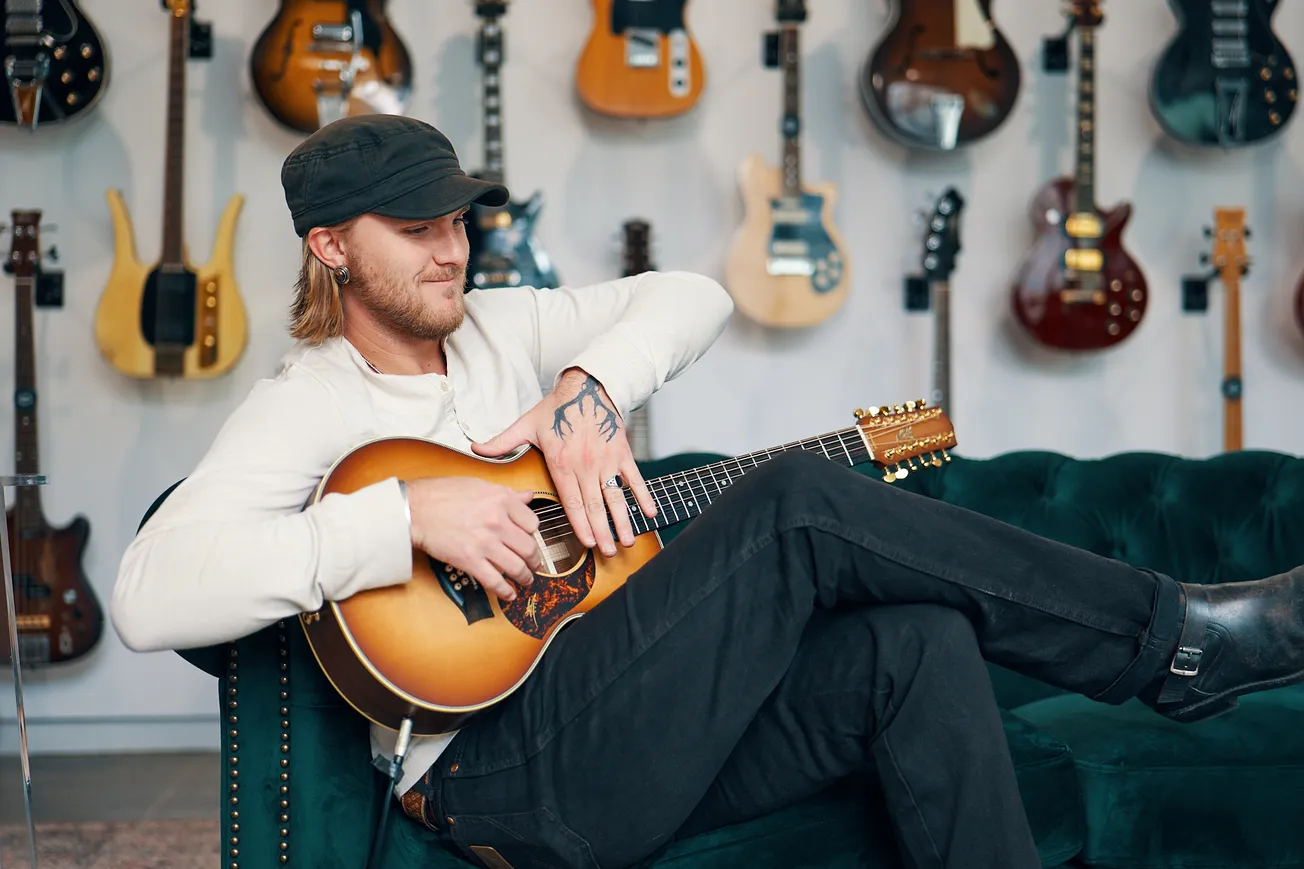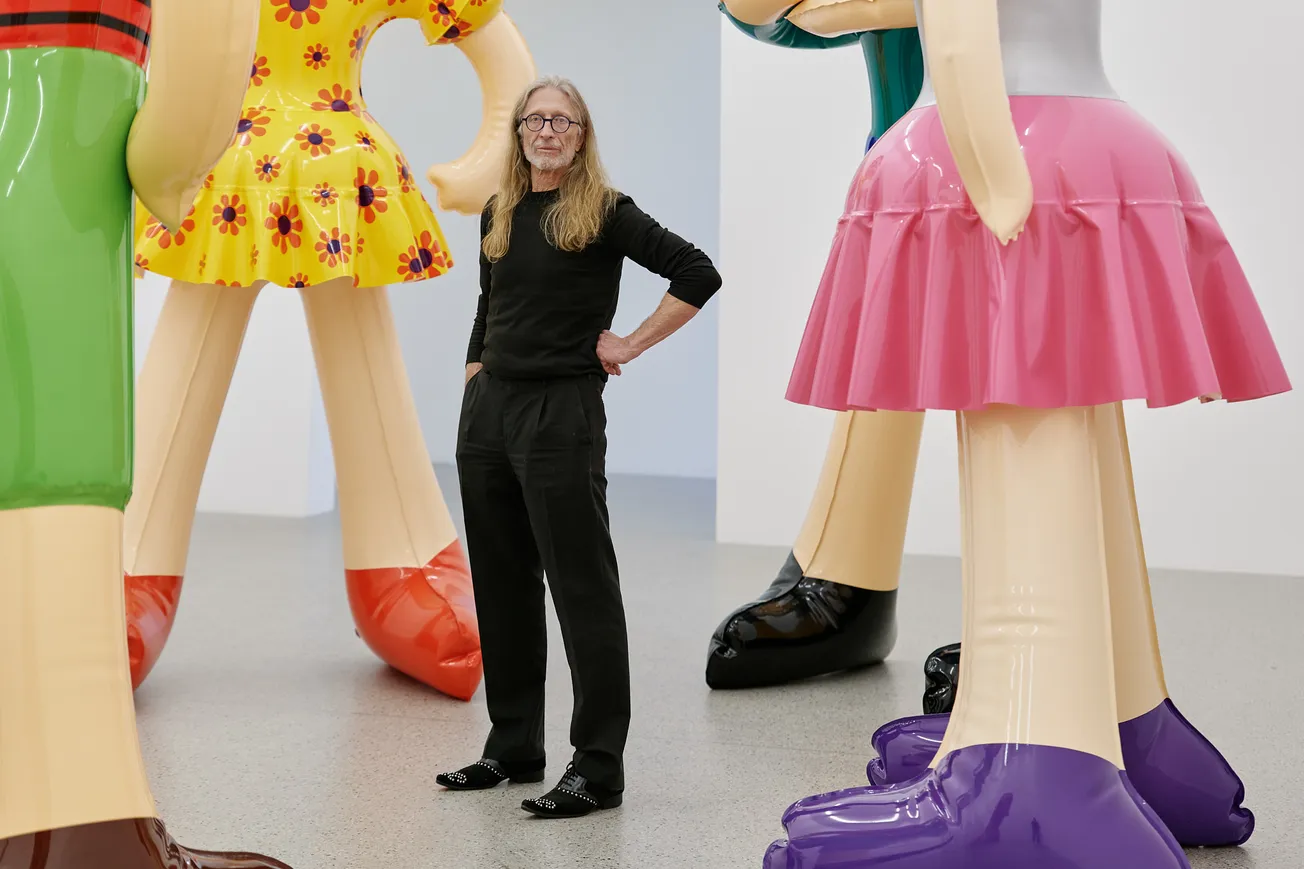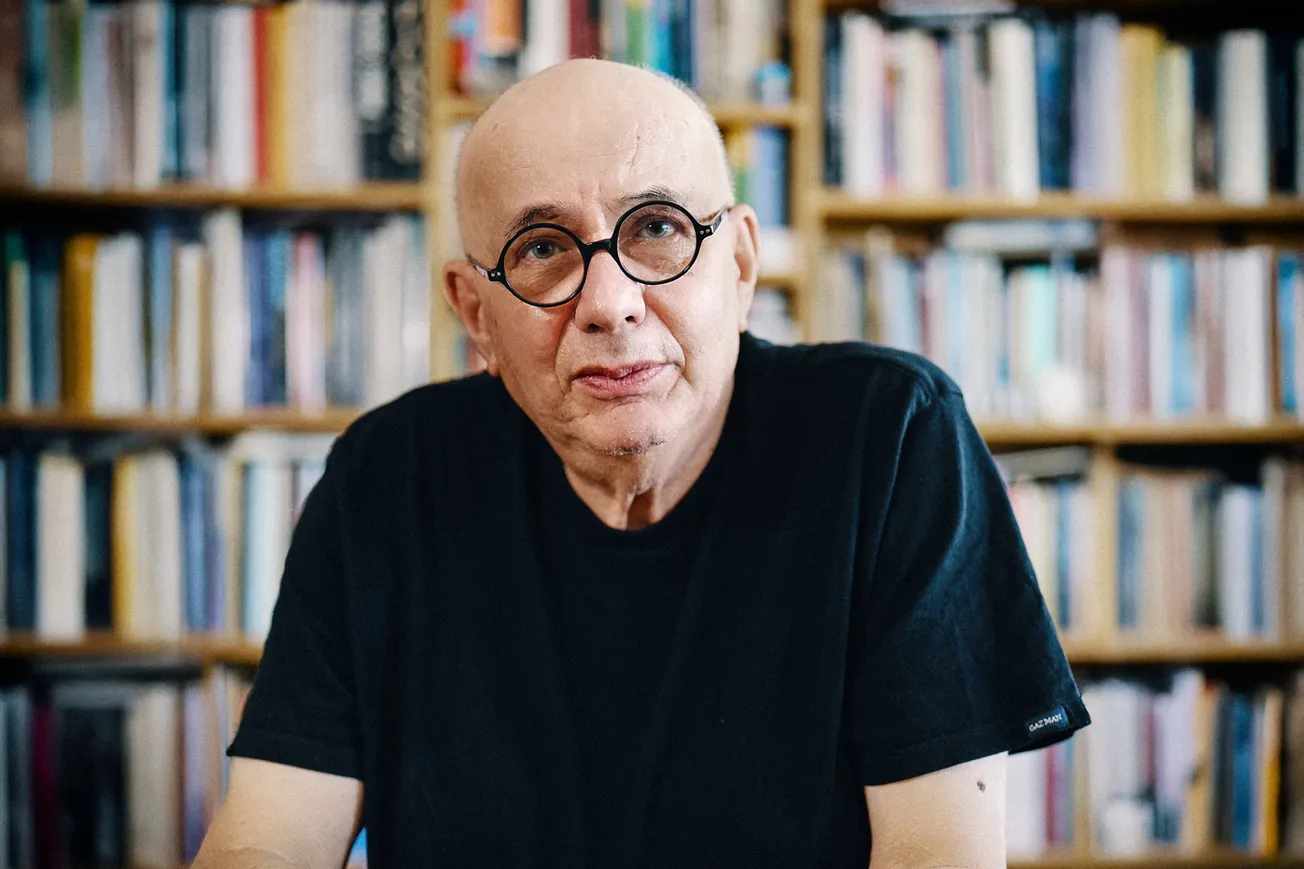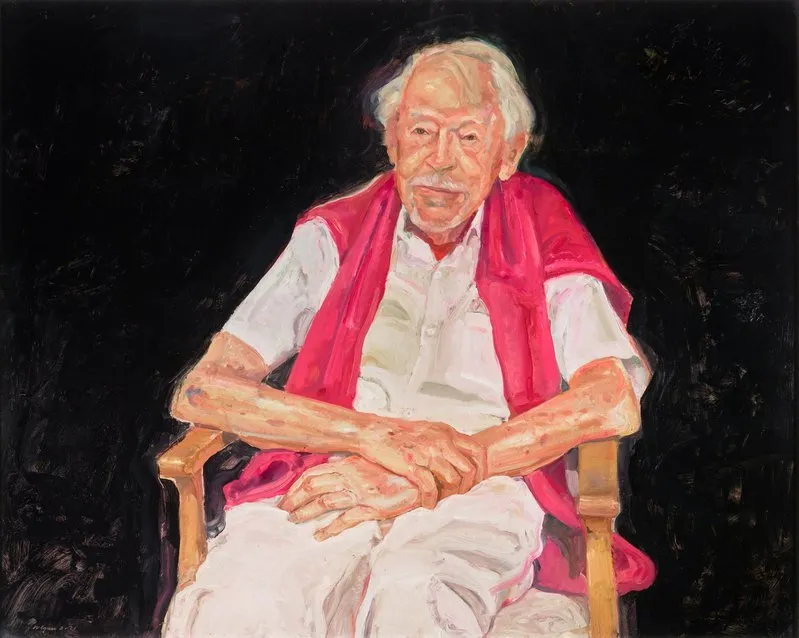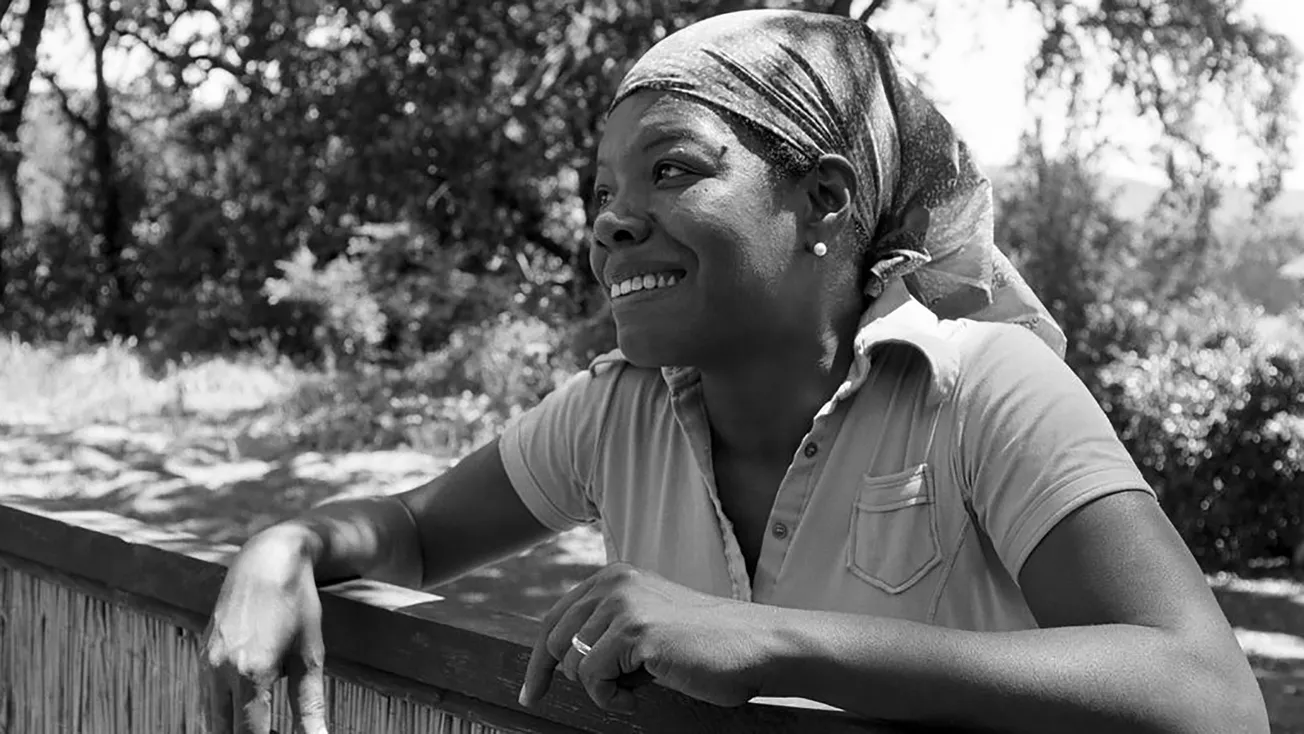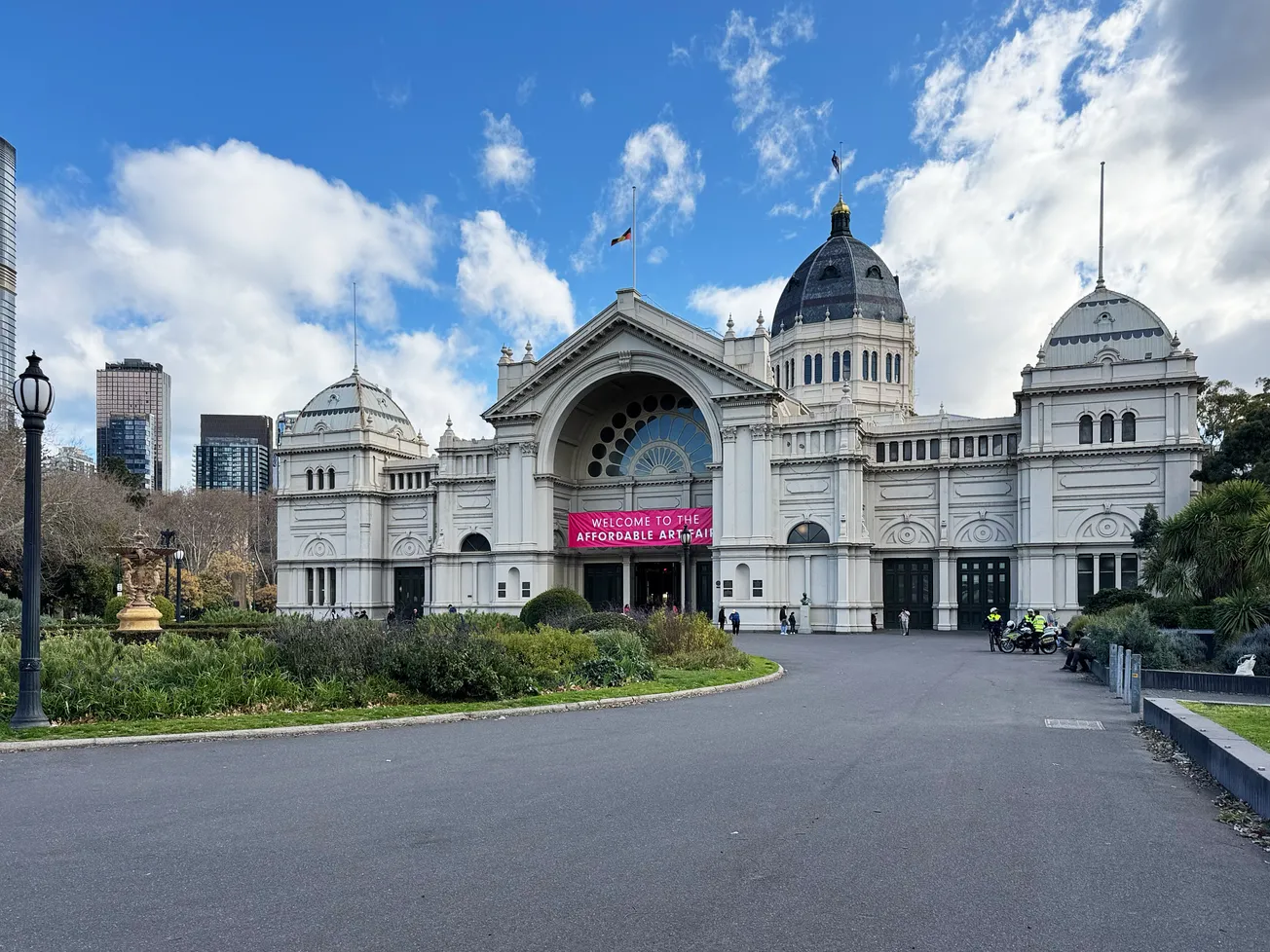Table of Contents
A new report has revealed a crisis behind the walls of galleries and studios. Artist pay in Australia is now so low that many are walking away from their careers altogether. Despite the value artists contribute, the data shows a profession stretched beyond its limits.
RMIT University and the University of Melbourne jointly produced the study. It is the most extensive investigation into the visual arts sector to date. The study shows that artists are financially stressed, overworked, and frequently unpaid. Many earn less than a quarter of the national poverty line. This blog unpacks the key findings of the report. It examines the human cost of underpayment and explores what must change to make working conditions for artists fair and sustainable.
The reality behind the numbers
At the heart of the issue is this fact: artist pay in Australia remains staggeringly low. Artists earned an average of $13,937 from visual art or craft practice in 2023-2024. Many artists supplement their income with other jobs. Only 25% work full-time as artists. Even then, nearly half contribute 28 hours of unpaid labour per month.
Artists face financial inconvenience and daily hardship. 63% of respondents said they felt financially stressed, and 27% accessed food banks, financial counselling, or emotional support in the previous six months. These stories are not isolated. They show a visual arts sector under severe pressure.
Unequal, unstable, and unsustainable
Several problems worsen the crisis. The sector's gender imbalance and income gap stand out. Women make up 74% of respondents, but their pay lags behind. Women artists earn 47% less than men. This gap exceeds the national average.
The disparity also affects diversity. Artists with disabilities or from CALD backgrounds face added barriers. Nearly 70% of these artists reported poor mental health. Their stress worsens under financial strain and limited progression opportunities. These findings show that working conditions for artists are not just unstable. They remain profoundly unequal and damaging.
What needs to change
The report offers clear, actionable solutions. It calls for a strong commitment to fair artist pay in Australia. One urgent recommendation involves mandating NAVA's Code of Practice in all public arts funding contracts. This measure will enforce fair payment standards and proper recognition of artistic work.
Further suggestions target long-term change:
- Prioritise permanent contracts in funding agreements
- Require gender equity reports from publicly funded organisations
- Increase transparency in recruitment and leadership roles
Improving working conditions for artists means valuing their time and skill. The sector must shift away from unpaid labour. Artists cannot carry the cultural load without fair support. The visual arts sector depends on change to survive and grow.
It's time to pay artists fairly
If we want a thriving, inclusive arts culture, we must stop asking artists to work for passion alone. The truth about artist's pay in Australia demands urgent action. Funders, institutions, policymakers, and audiences must all respond. This issue extends beyond finances. It is about recognising and respecting human effort.
Artists do not create in a vacuum. They create with time, training, and care, and we must pay them accordingly. Only then can the visual arts sector thrive with integrity and sustainability.


